Maratheftiko, Yiannoudi, Lefkada and even Mavro are the stars of the red grape varietals in Cyprus but the real discovery with white wine was that made by Morokonella.
Even ten years ago, a mention of Cyprus wine would evoke memories of indifferent plonk, usually made by one of the traditional Big Four producers, Keo, SODAP, Etko and Loel. Things are very different today, and changing all the time.
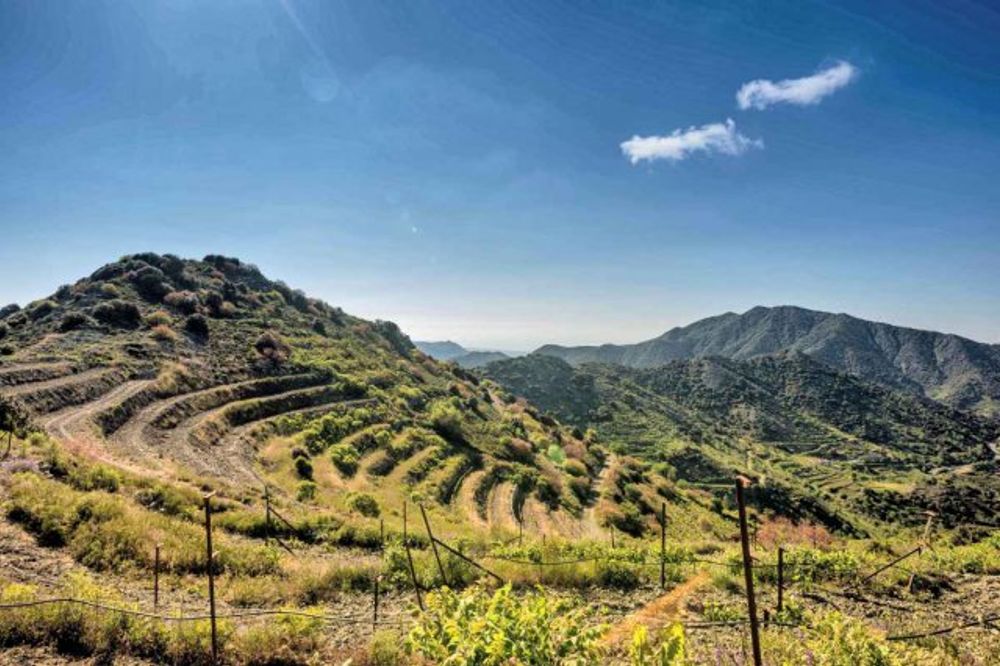
There are now some 65 producers in the south of the island, many quite ambitious and keen to reach deep into the past to make appealing modern wines. In contrast to before, when the Big Four made wines close to the coast, most wineries are now sensibly located in the mountainous interior to escape broiling summer temperatures that can easily touch 40C.
The best are working with indigenous varieties, notably white Xynisteri and red Maratheftiko, and experimenting with even more obscure grapes including Promara, Spourtico and Morokonella (all white) and red Yiannoudi, or Little John, in whose garden the variety long thought lost, was rediscovered.
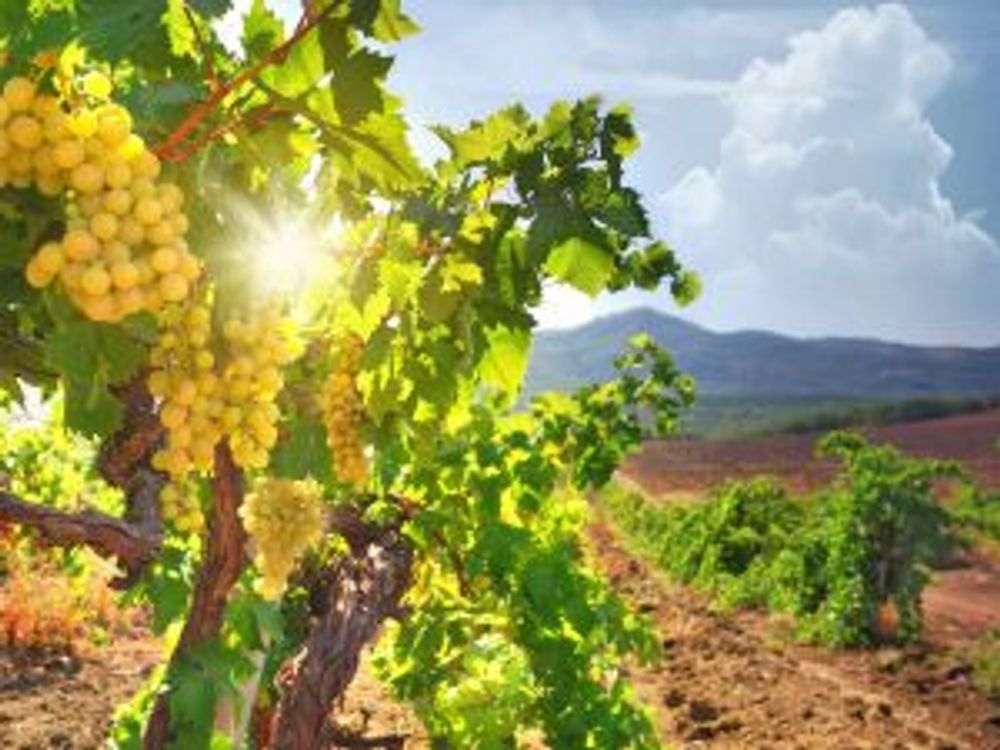
And many winemakers have given new life to Cyprus’s best known wine Commandaria, supposedly drunk here by Richard the Lionheart en route to the Crusades but which, until a few years ago, was often flabby and over-sweet. The new style of Commandaria – made with Mavro and Xynisteri – is a very different beast, with the high end producer Anama showing the potential of this famous dessert wine but other respected producers like Zambartas and Kamanterena also making good vintage versions.
A recent tasting in London saw MWs Caroline Gilbey and Demetri Walters giving white and red masterclasses respectively to illustrate the Greek Cypriots’ ongoing rediscovery of their native varieties.

Morokonella – a real discovery, more plantings in Cyprus please!
Of the wines shown by Gilbey, the Santa Irene Daniel 2017 was something of a blinder – a white wine made from a red grape, Mavro Ampelisimo – but interesting and surprisingly full in structure and body. The Tsiakkas Promara 2016 made from a variety which translates as “early ripening” was also appealing, fresh and fruit-forward with good acidity.
But the real discovery – or re-discovery because Morokonella, which translates as Little Cinnamon, is a very old but rare indigenous variety – was the Ktima Gerolemo Morokonella 2017, from the Pafos region.
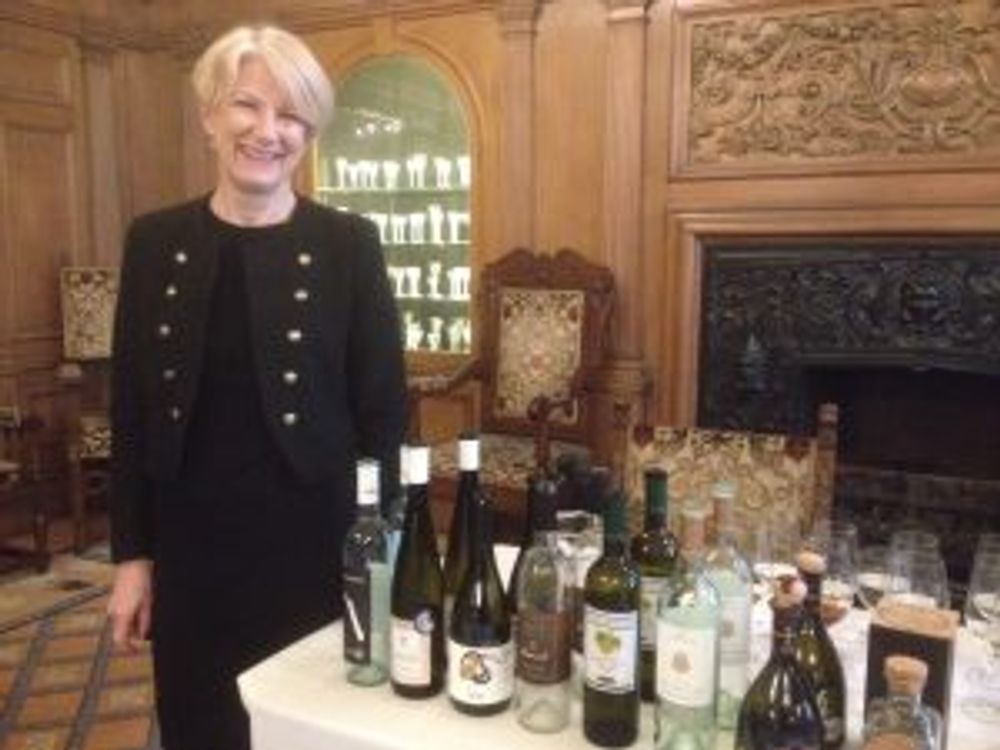
The wine, rounded, slightly off-dry and lightly perfumed, with white peach flavours dominant, recalls the Alsace and is quite unlike any other white I have tasted from Cyprus, where native whites are now dominated by the successful local variety Xinisteri. Ktima Gerolemo was one of only two wineries present to make a Morokonella (the other was Aes Ambelis). This variety truly has a great future. More plantings please!
Maratheftiko and Yiannoudi are stars but don’t forget Lefkada
Walter’s masterclass confirmed that the two most interesting red varieties on the island are Maratheftiko and Yiannoudi – both made in frustratingly small quantities, however, with the former comprising just 3% of the island’s red planting and the latter – only rediscovered some ten years ago – with just 30 hectares planted.
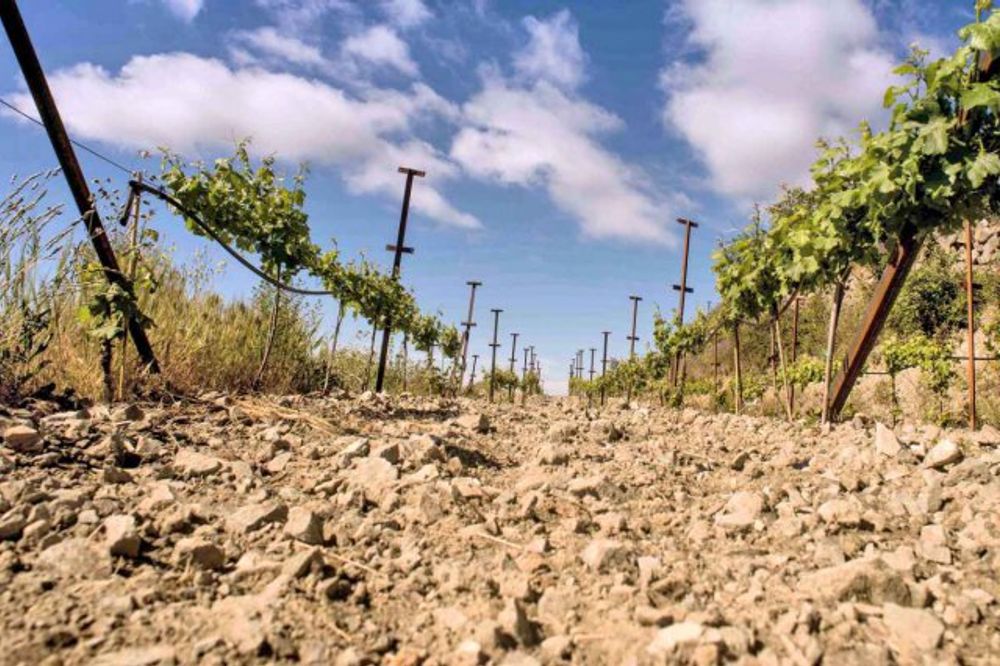
The big disincentive to Maratheftiko is that the vines, being exclusively female, don’t cross-polinate and thus need to be fertilised by other vines. That said, two of the wines here – the Argyrides Maratheftiko 2014 and the Tsiakkas Yiannoudi 2015 both from the Limassol region – were really delicious, with plenty of body and firm tannins, but also showing good fruit and freshness, although they need a few years to show their full worth.
Another variety, from Greece but now adopted by Cyprus, is Lefkada; the example on show here, a 2015 made by Vasilikon near Pafos, is savoury with firm tannins but also quite reductive and really too young to appreciate – though again the potential is clearly there.
Cyprus is an exciting place for wine these days, very different from the days of cheap Cyprus sherry – much of which found its way to the Soviet Union – when a good bottle usually meant the boring leading red and white brands, Othello and Aphrodite. Change is being fuelled by the fact that many of the new producers make their living from wine with a lot of them young people who have travelled extensively, picking up ideas and techniques from France, Australia and elsewhere. And the best news is that the industry is still evolving.
Mavro – the black or maverick grape of Cyprus
Few grapes have had such a bad press as Mavro in Cyprus.
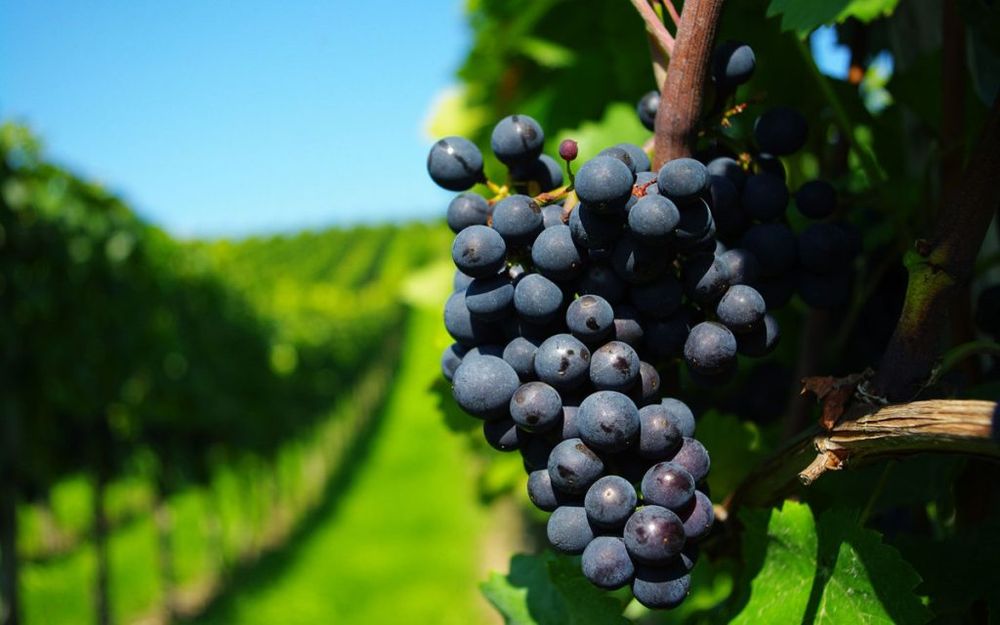
Used for making brandy, or sweet Commanderia blends, or indeed for eating – like Swizerland’s Chasselas, Mavro is also an eating grape – Mavro has been sidelined in the island’s rush to quality. Around 20 years ago, it accounted for some 85% of red vine plantings, and as well as being used in brandy was made as wine – often unimaginatively – by the Big Four. Today that figure is now around 40% as more image-conscious, export-focused wineries have planted varieties more likely to gel with international consumers, and wealthy visitors to the island.
“Mavro – which means black – is a pretty undistinguished name for a variety,” says Demetri Walters, wine educator at Berry Brothers, who has judged Cypriot wines for the past few years. He says this “workhorse variety” can be underwhelming.
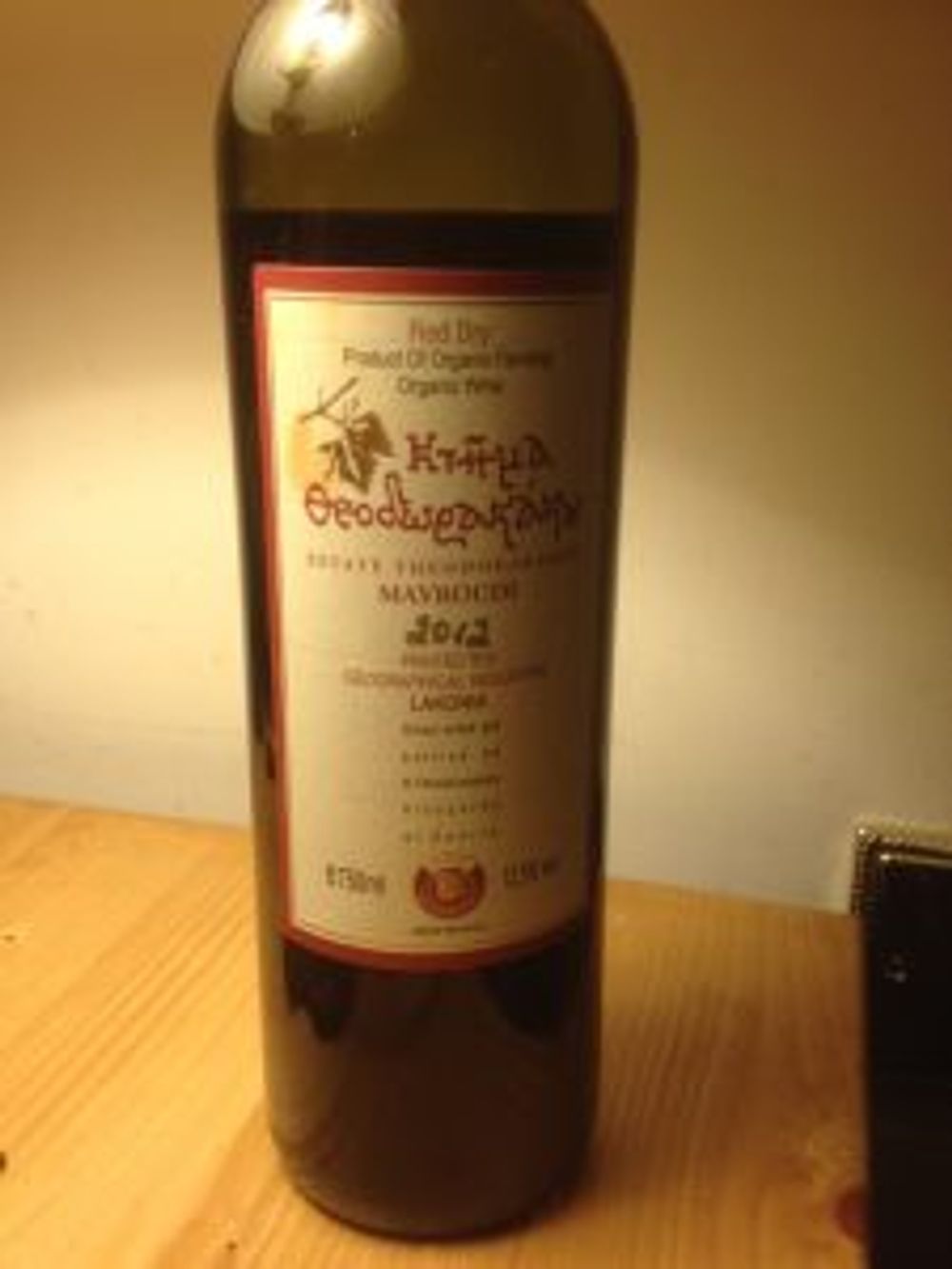
“Results can be dubious except from old vines at high altitude,” he says, pointing to the Single Vineyard Mavro Old Vines 2017 produced by Zambartas Wineries, which comprises 95% Mavro alongside other native varieties in what is essentially a local field blend.
But other producers are also having second thoughts about turning their back on what actually appears to be a maverick variety.
Costas Tsiakkas opened his eponymous winery in the Troodos mountain village of Pelendri almost 30 years ago, and soon after, ripped up much of the Mavro vines that were there, reckoning that they weren’t capable of making sophisticated wines. He regrets that now.
“Mavro can make nice light summer reds that work well here. Increasingly, I feel we should not turn our back on native varietals that grow so well here and have done so for so many hundreds of years.”
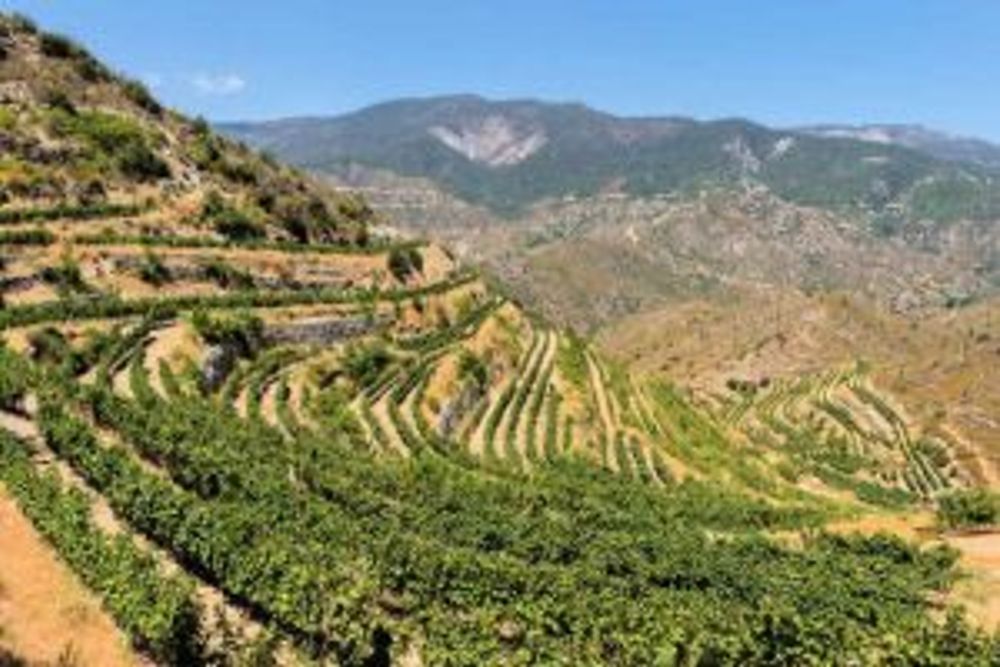
Producers in Greece seem to have taken this to heart, extensively using a variety they all call Mavro – even though the grape they are growing is often quite distinct from others called by the same or a similar name, which includes Mavrudi, Mavrotragano (from Santorini) and indeed, Mavro followed by the name of the village or area where the grapes are grown.
Specialist Greek artisan wine importer Southern Wine Roads has recently imported three wines – all tiny production – that show the extent of this:
Fine Mavrudi 2015 made by Anatolikos Vineyards in Thrace is not unlike a Mavrud from over the border in Bulgaria; dark and full bodied with dark berry fruits, and 14.5%, this organic, unfiltered wine is big and will age well.
By contrast, the Mavrudi 2012 from the Theodorakakos Estate in Laconia (just 15,000 bottles) in the Peloponnese is very different. This may hail from near Sparta and have just 12.5% alcohol, but the wine has a wonderfully supple rounded nature, with chocolate and marzipan notes and an intense smoky after taste, reflecting the one year the wine remains in oak but also the underlying earthiness of the grape in this southernmost region.
Different again is the Mavro 2015 from the Melissinos Winery in Kefalonia – just 2500 bottles – made with grapes from the village of Mavrata (where else?), deep purple colour and intense cherry and dark fruits flavours imparted by the grey soils of the terroir. A great coffee finish.































